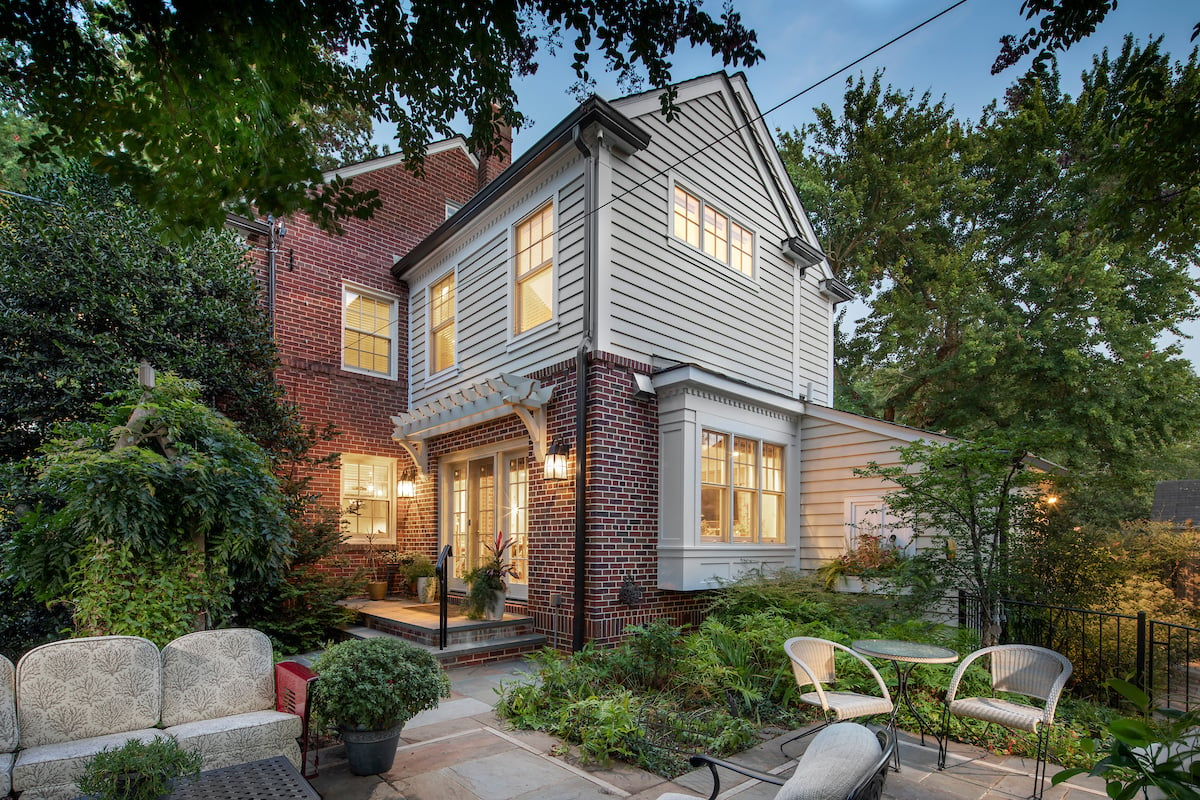
Downsizing to a smaller home doesn’t have to be complicated, but it’s never as simple as you imagine. And while it took some doing to get to the final goal, Marie Duellman and Charlie Baumgardner were thrilled with the results.
It started, as these things do, when the kids went off to college and started life away from the large and comfortable Loudoun County, Virginia nest. This was a home with six bedrooms, a first-floor study, and a three-car garage. There had been plenty of room for everyone, and it was full of memories. But as the children grew up and made their own way, what had been a hive of activity started to feel like big, empty, unused space.
Time to Make a Change
What do you do when you are at that point? Marie and Charlie took a pragmatic approach.
Marie recalls, “As kids moved out, and no one was ever in the house, we had to ask ourselves, ‘What are we doing here?’ Charlie works in DC and my involvements revolve around there too. Heading home just to sleep in that big Loudon County house seemed silly.”
So they did what people do. They found a great, much smaller place near Charlie’s work in the perfect DC neighborhood. Problem solved! But not quite.
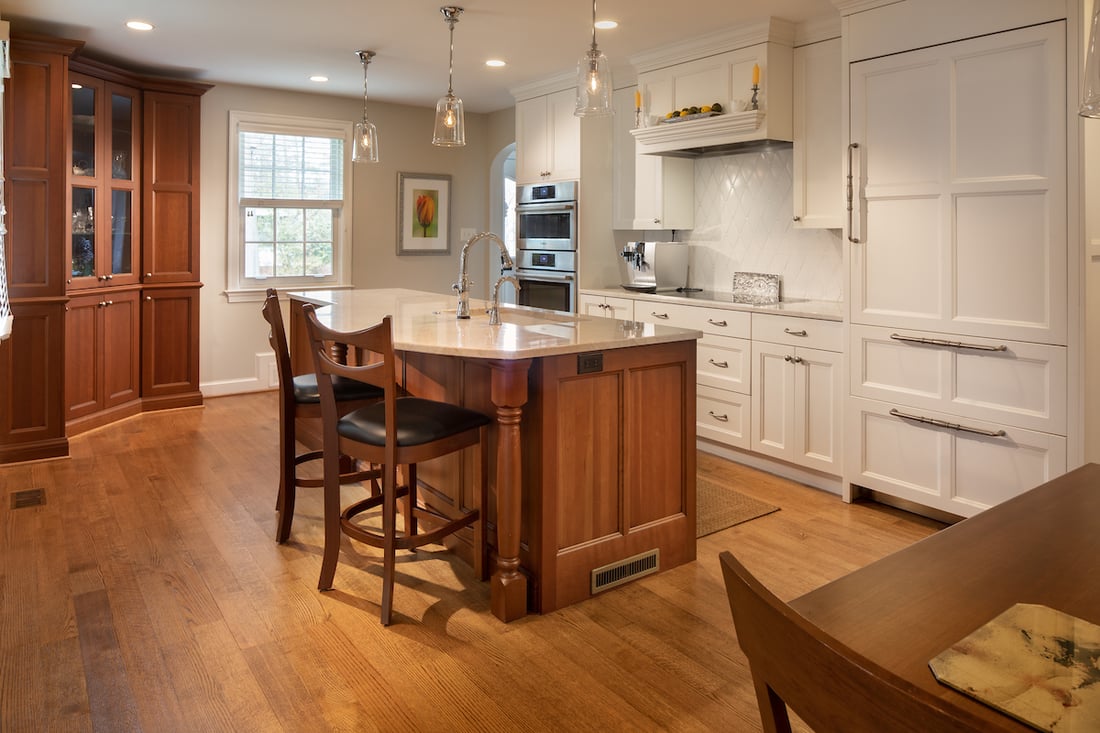
From Downsizing to Right-Sizing
Marie and Charlie had found what seemed like a perfect home on a small lot. A manageable size with manageable upkeep. But like many of the 1930’s era brick “Colonials” built in the AU Park neighborhood of Washington DC, the floor plan was boxed up and compartmentalized into many small rooms.
Marie sums up the predicament perfectly: “I think it was the first or second Christmas where everybody came home. All of a sudden, the kitchen was not big enough. Of course, when we’re all home for the holidays, that’s where everyone wants to be and I nearly lost my cookies! I couldn't even open up the oven door without somebody being in the way. The space just wasn't usable.”
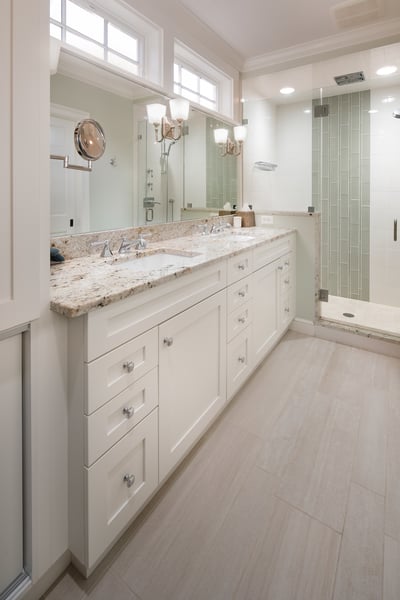
That’s when they called Gilday in to assess the situation and offer solutions to “too many cooks in the kitchen.” The goal had been downsizing, so they focused on reconfiguring the kitchen and opening up the floorplan throughout. During brainstorming sessions, the designers wondered aloud if this might be an opportune time to add an adjacent living room area. And was the master bedroom and bath space adequate?
These questions led to some reconsideration. The point had always been downsizing, so did they really want to add more square footage to the new property?
Marie recalls wondering, “isn’t this going backwards from downsizing?”
When they began to consider both current and future needs, Kevin Gilday and the design team showed them several options that reflected what they were looking for: livable space for the two of them and room enough to not get in each other's way when family and other guests were visiting. What evolved from these discussions was a renovation plan that included a two-story addition with a full basement.
Marie recalls, “We eliminated the dining room and absorbed that into the kitchen so it went from the front of the house to the back of the house. Then we added a family room addition that was open to the kitchen.”
For the addition, they dug out a basement, put a family room on top of that, and added a master suite above the new family room.
Does this mean they did a 180 degree shift away from downsizing? Absolutely not. But it meant a more thorough consideration and reflection in the design of what they really wanted this new home to be. The following image shows the floorplan before and after the renovation.
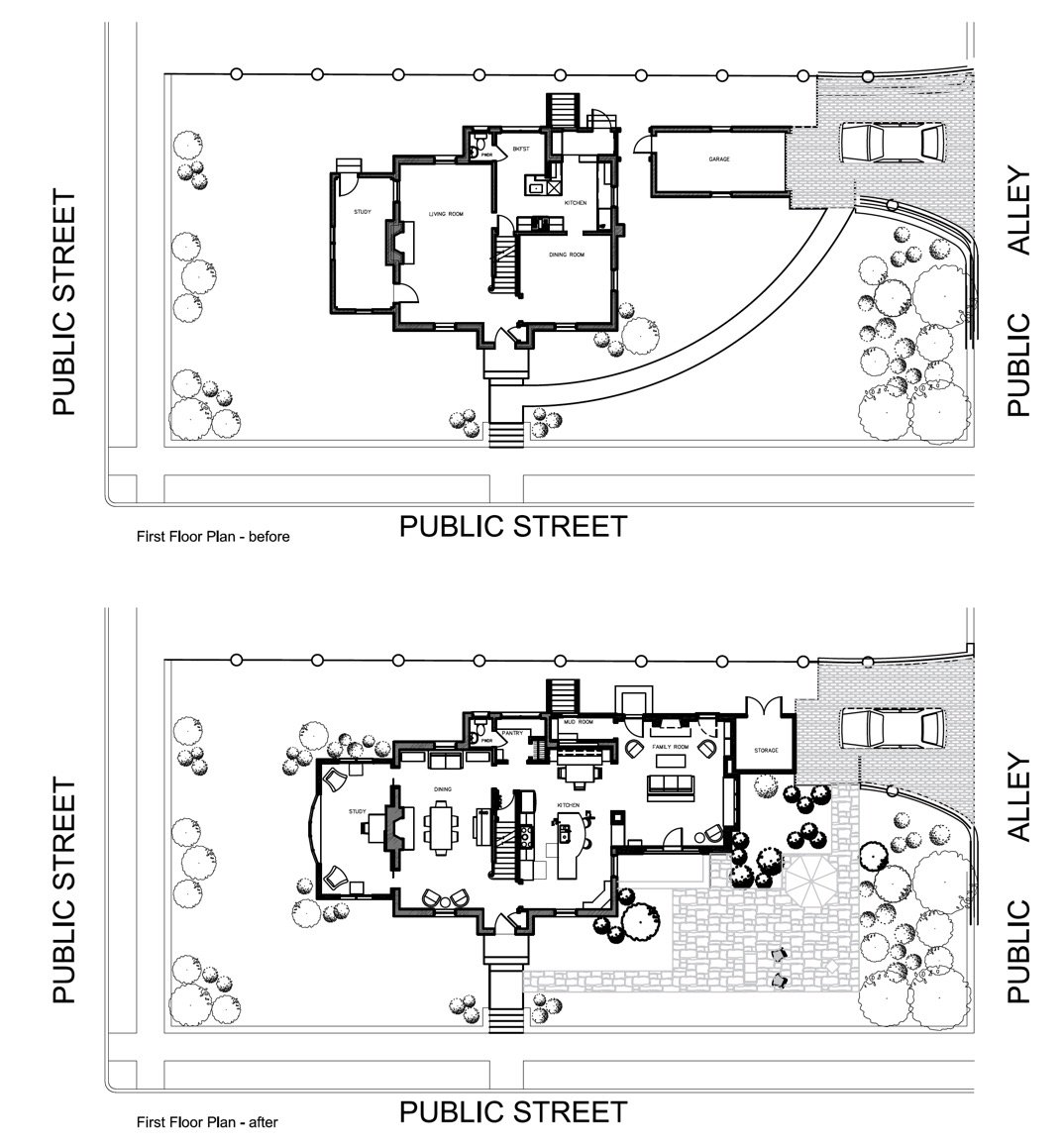
With a plan in place to right-size, not just downsize, the size and scope of the renovation led to more design challenges. How were they going to manage a two-story addition on a lot that was so much smaller than they had with the old house? Because moving from the suburbs to the city meant downsizing square footage not just inside, but outside. How would they add the space inside the home and make the floorplan changes needed, on a postage-stamp-sized lot, all while meeting the DC zoning and easement requirements?
The design team at Gilday worked with Marie and Charlie to capture everything on their checklist while complying with the challenging zoning requirements. Zoning regulations often include specific distances from side, front, and rear property lines, as well as lot coverage limitations which is the amount of space on the lot that the home occupies. One element of the project was to remove a detached one car garage. This allowed the renovation to accommodate the additions to the home while conforming to zoning regulations.
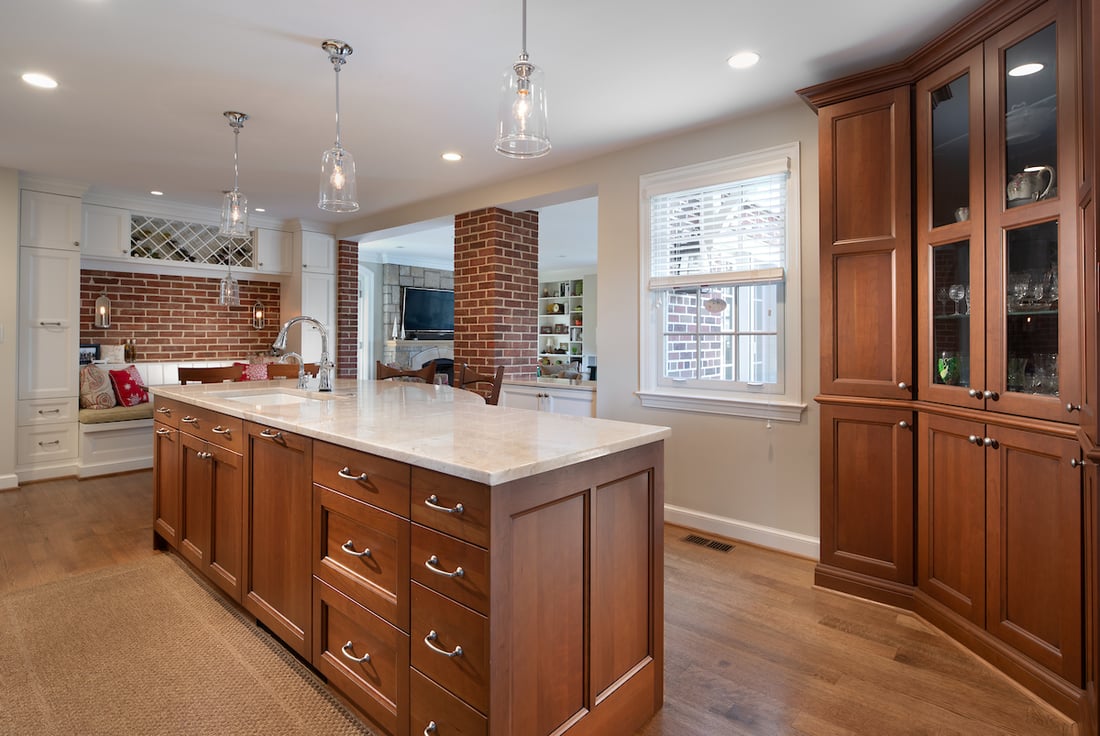
Blending the New with the Existing Home
There were more design challenges to solve. With any renovation, the addition needs to not just attach to the existing home, but the two together need to make sense as a whole. So along with accommodating a minimum lot size, the two-story addition had to blend the old and the new. Here’s one example of how that worked.
When they first bought the property, Marie and Charlie invested in new windows throughout the home. So Gilday selected windows and doors for the additions that would complement the existing architectural style. This is a familiar challenge in many home renovation projects. The design team provided a cohesive look that blends the old with the new.
Marie was especially pleased with a somewhat unexpected bonus in the outdoor space (created in that minimal exterior footprint, remember.)
She said, “I realized the Gilday design team configured the space as they did so we could have what has become an outdoor living room. It’s just stunning. The landscape designer created a great outside space to complement the renovation and it's just gorgeous. I absolutely love it, it gives me so much peace.”
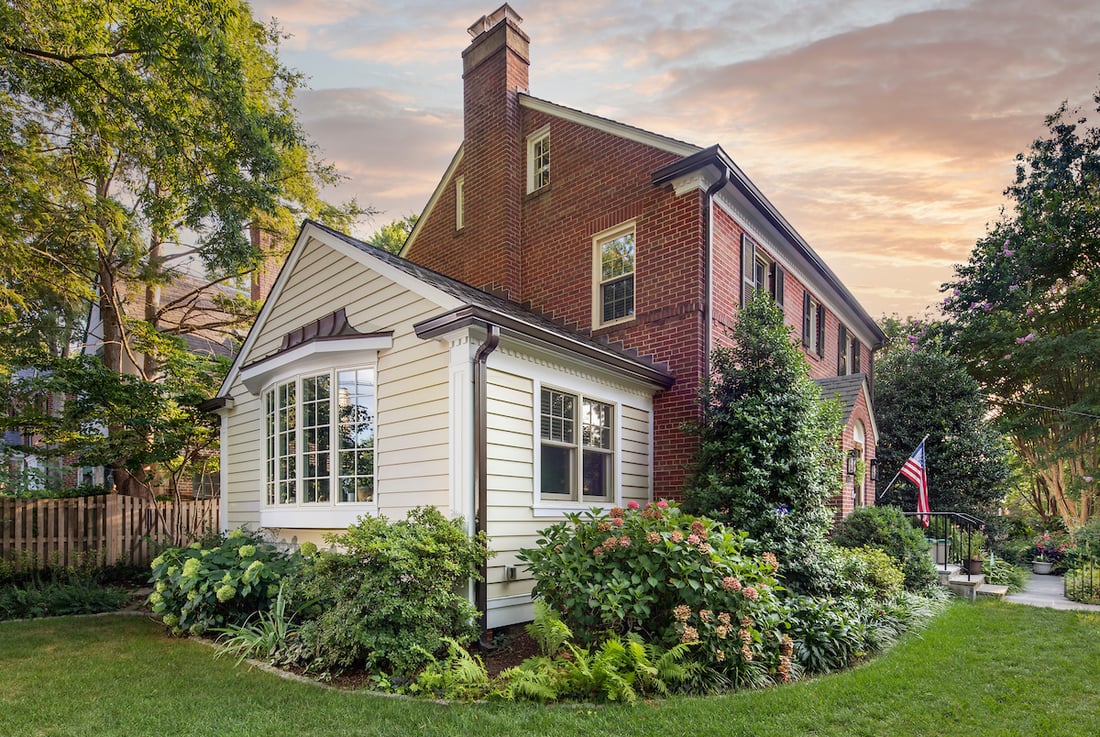
Building a Home and Relationship that Lasts
Creating a design that brings enjoyment and a sense of peace to a client is extremely satisfying. Even more satisfying is when trust is built into an ongoing relationship with the clients.
We were pleased and humbled with what Marie had to say in this regard: “I think the hidden benefits to a company like Gilday is once they work on your home, you've got them for life. It’s not the kind of service we’ve experienced before, and the difference is noticeable. There's a little bit of a white-glove promise, which I appreciate. It's particularly nice when you live in an area like this where you could have all kinds of choices of contractors, but you know you’ve chosen the right one.”
Downsizing can be an exciting time--a time to purchase and design a space that is perfect for your evolving needs. There will always be challenges and unexpected problems to solve. But when you have an experienced design-build partner who listens to your needs and understands the renovation process in and around metro Washington DC, challenges can be met and solved so the end result is the home you’ve been dreaming of.
Please take a moment and view the full set of images on the portfolio section of this website.
Are you interested to learn more about the benefits of an addition and renovation, then please consider downloading the free eBook titled "The Essential Elements of Renovating an Older Home." If you are interested in renovations for your home and are curious about how to maximize the space you have to work with, contact Gilday today!
8820 Brookville Road,
Silver Spring, MD 20910
© Gilday Renovations 2025
info@gilday.com


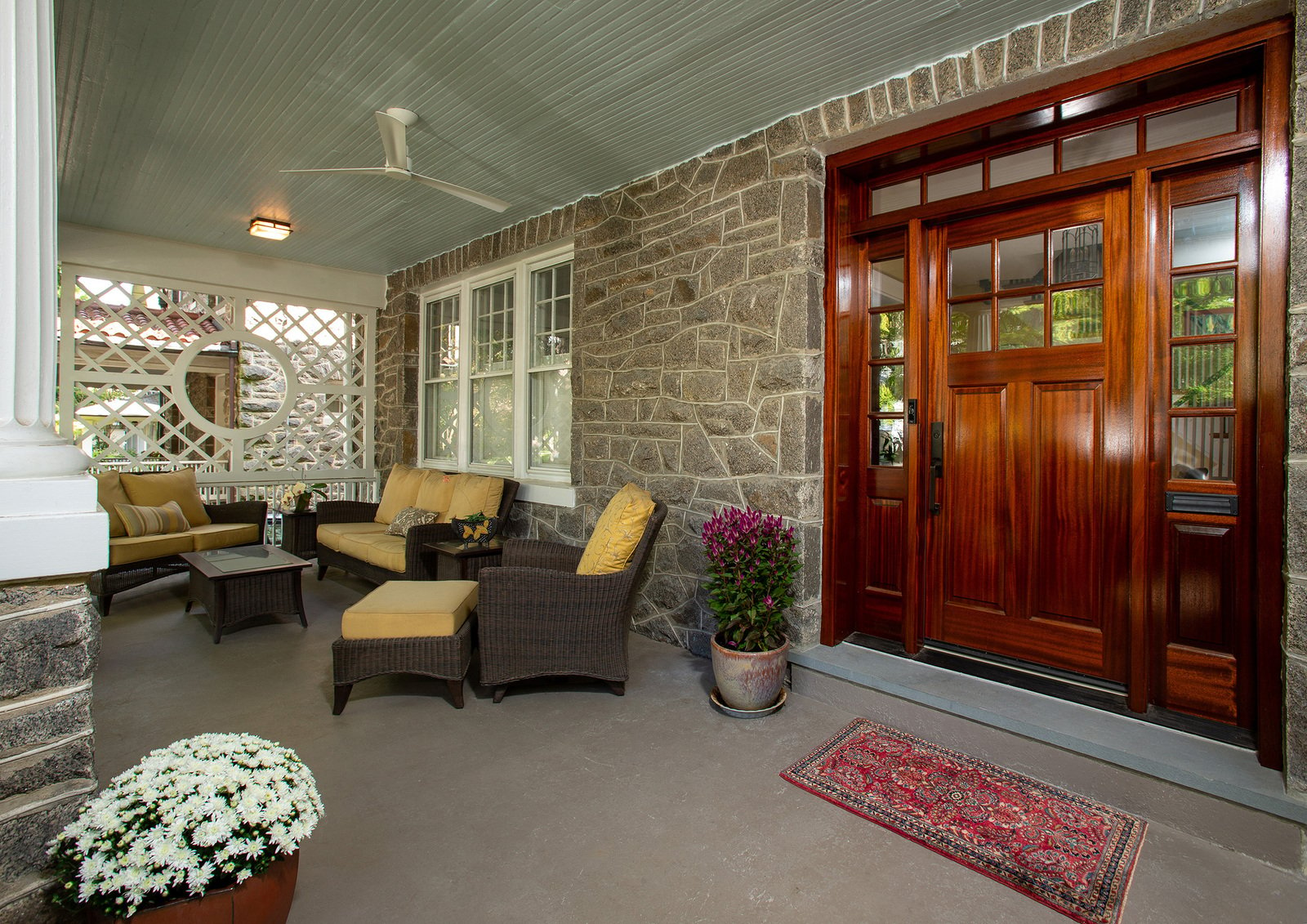
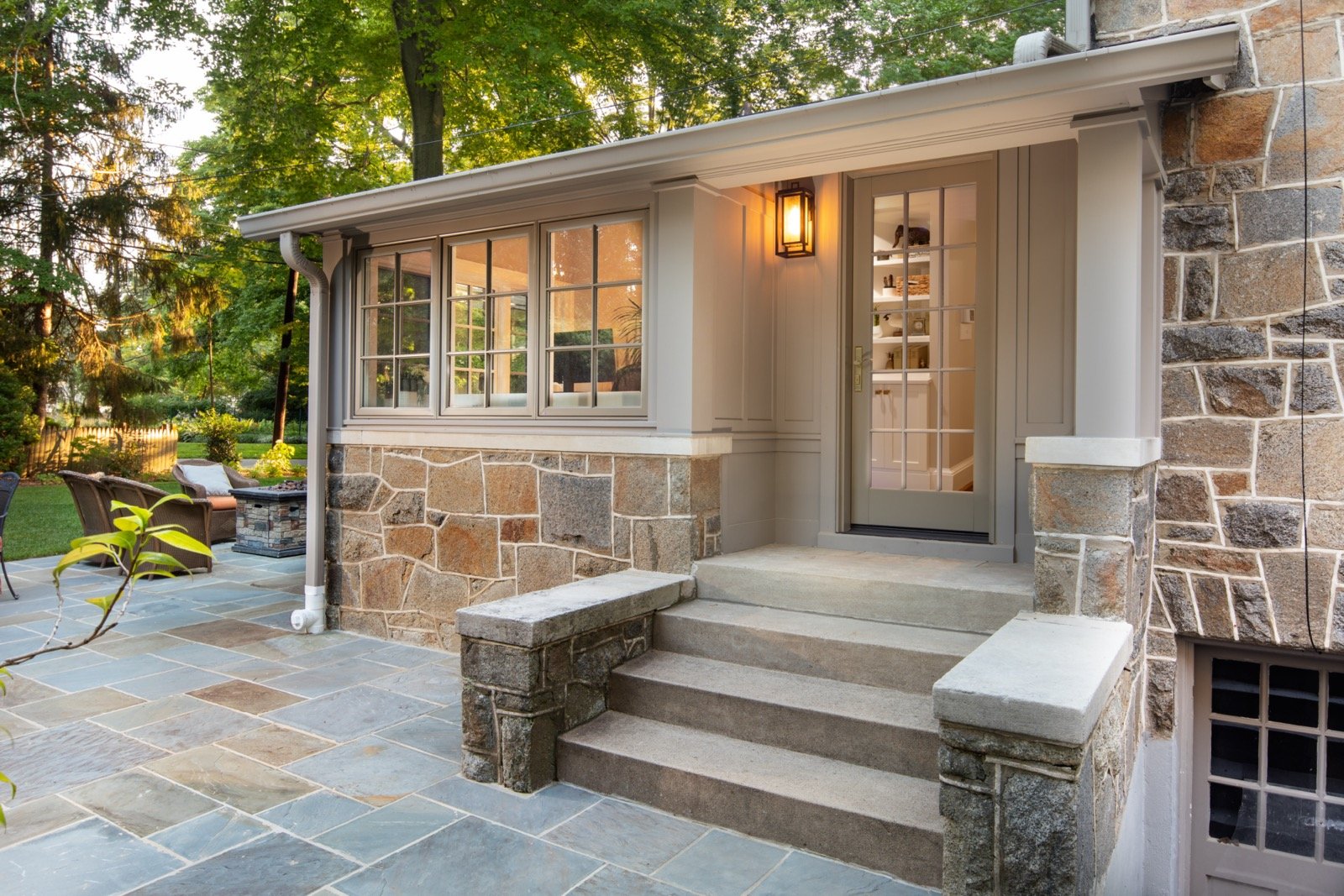
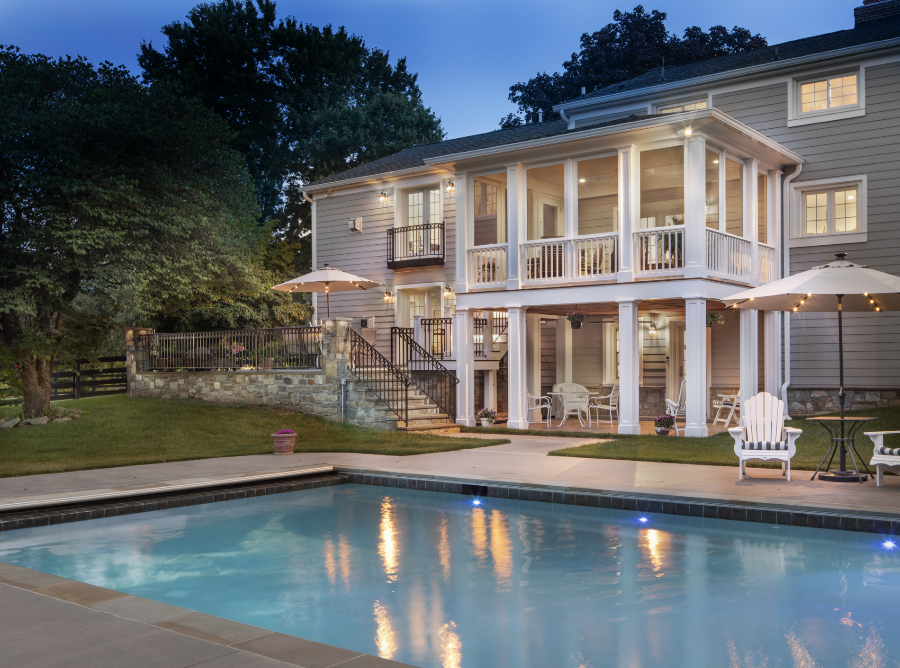
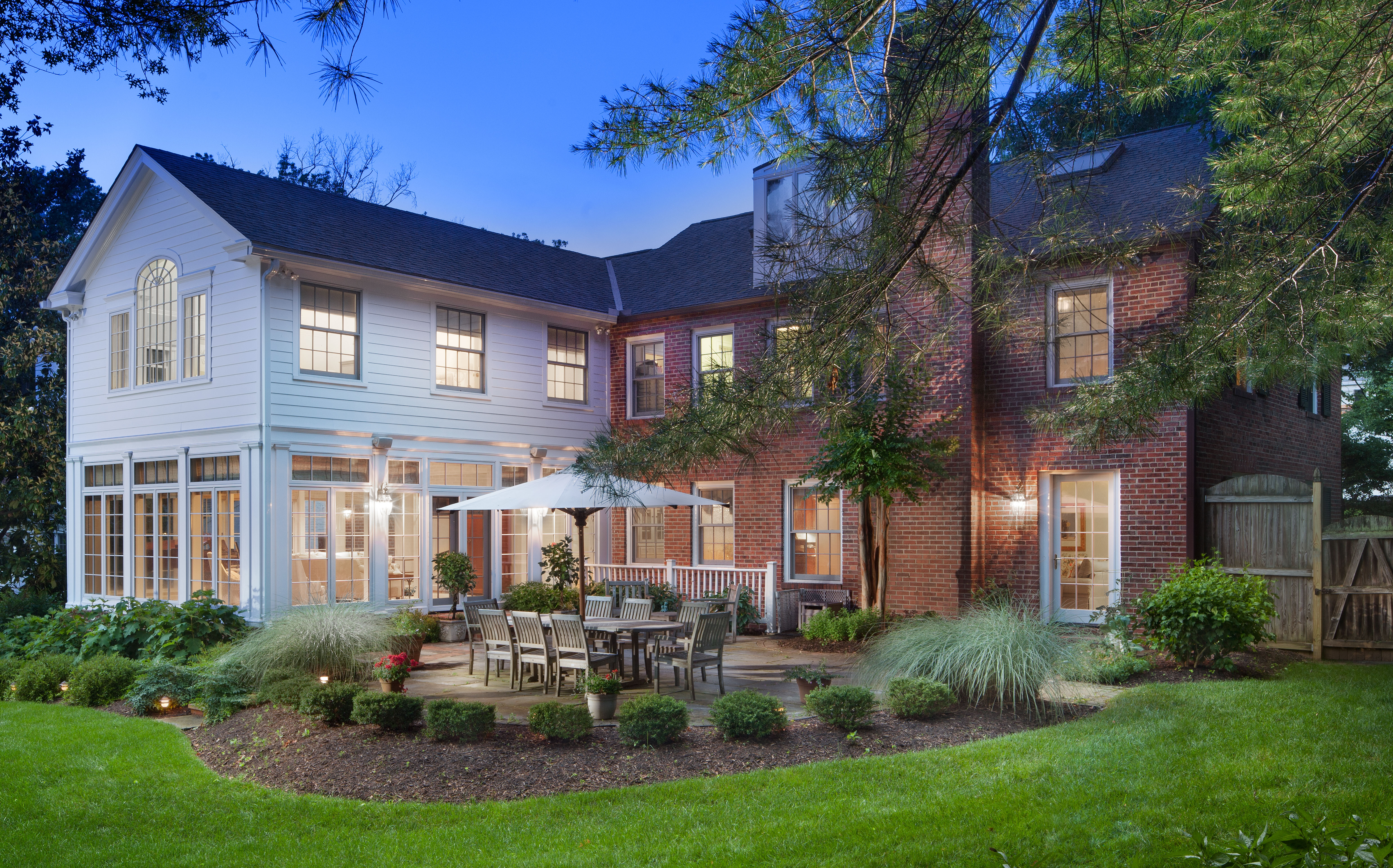
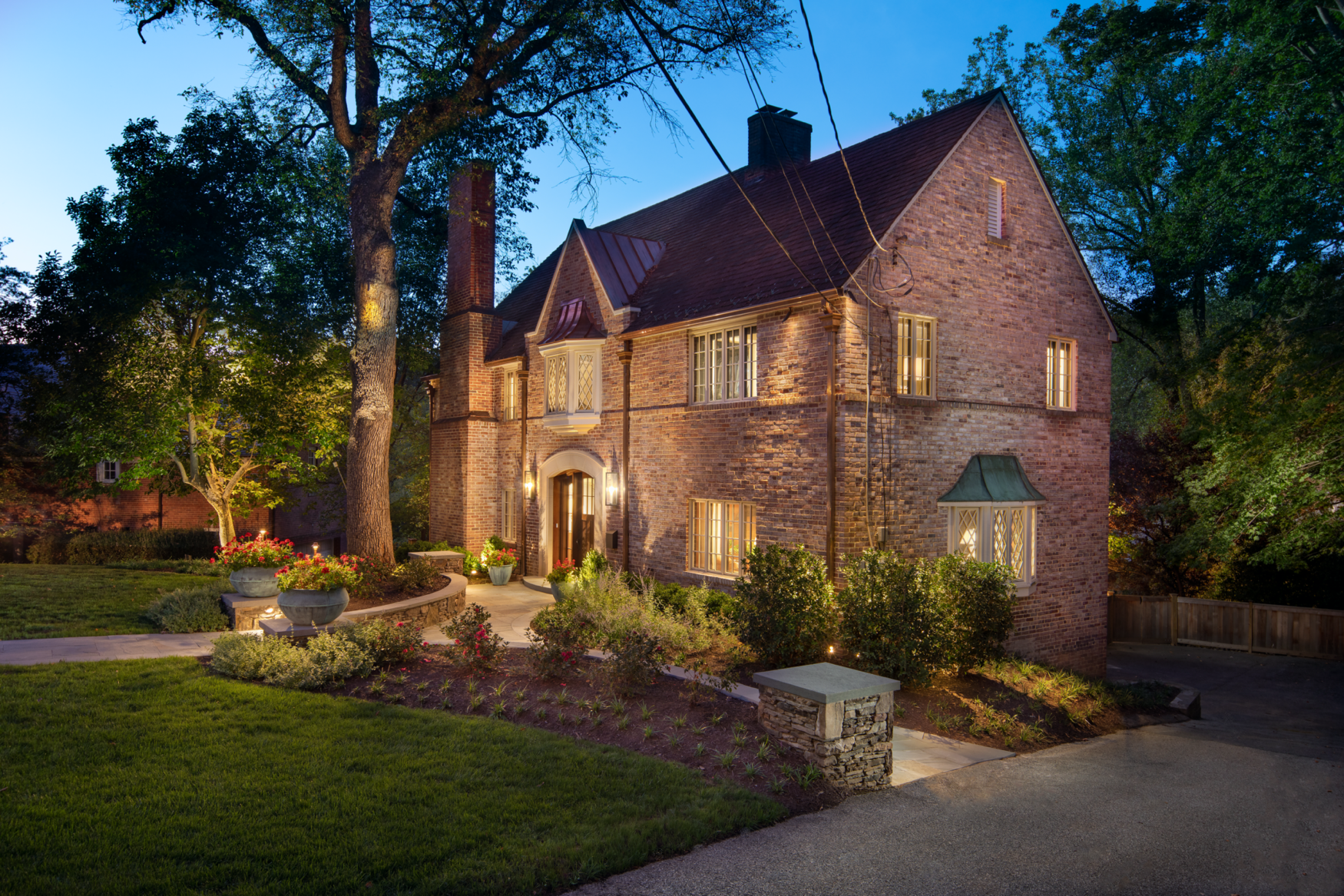
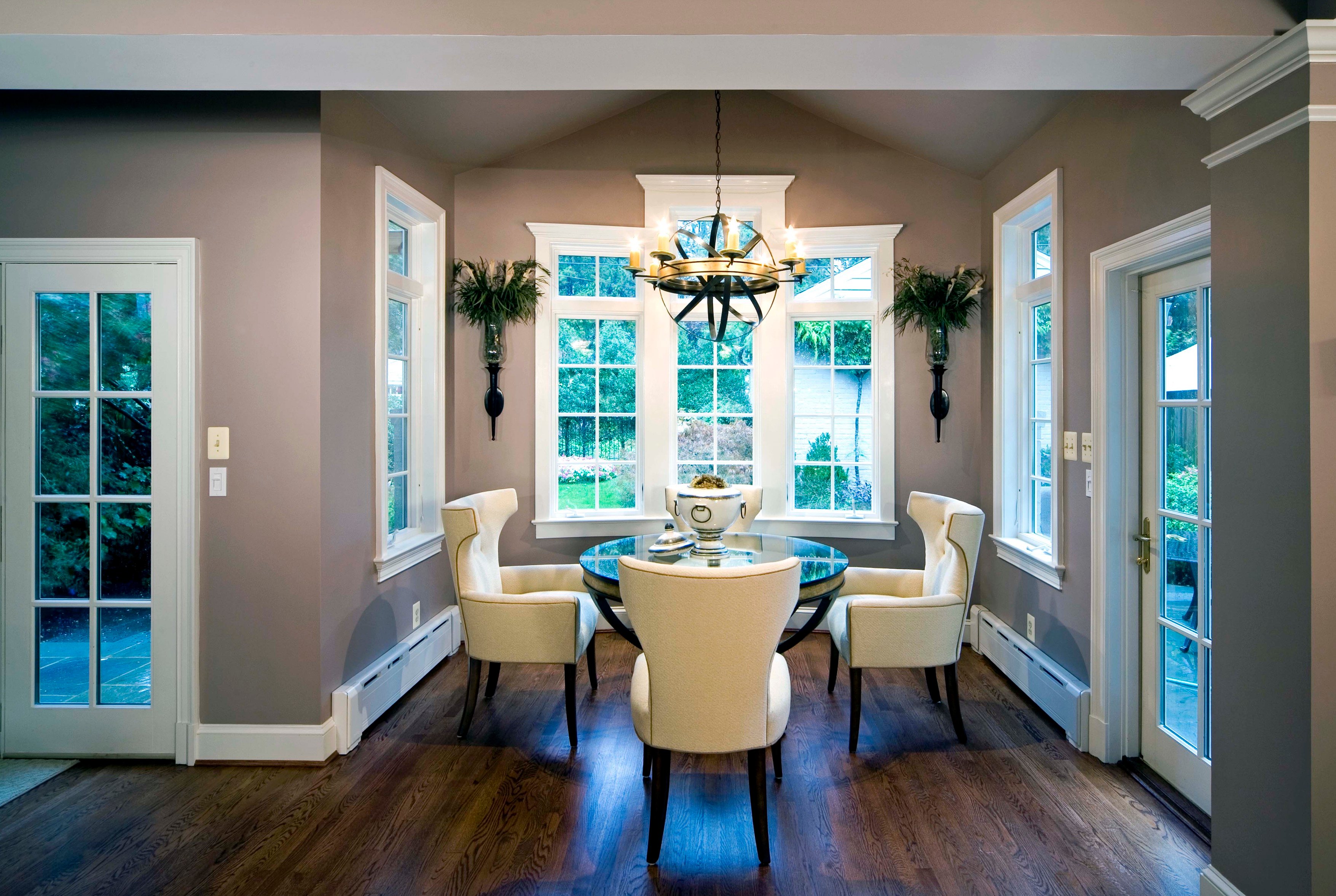
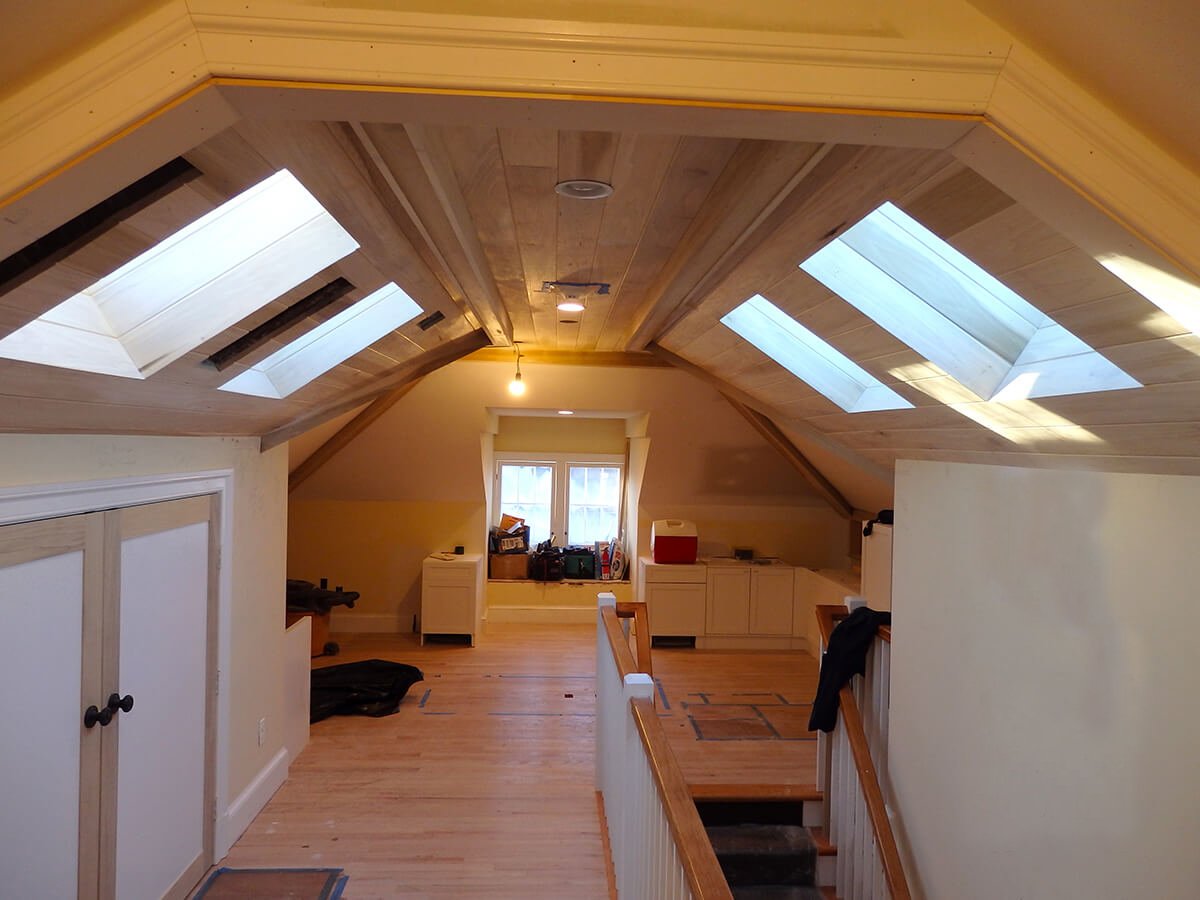
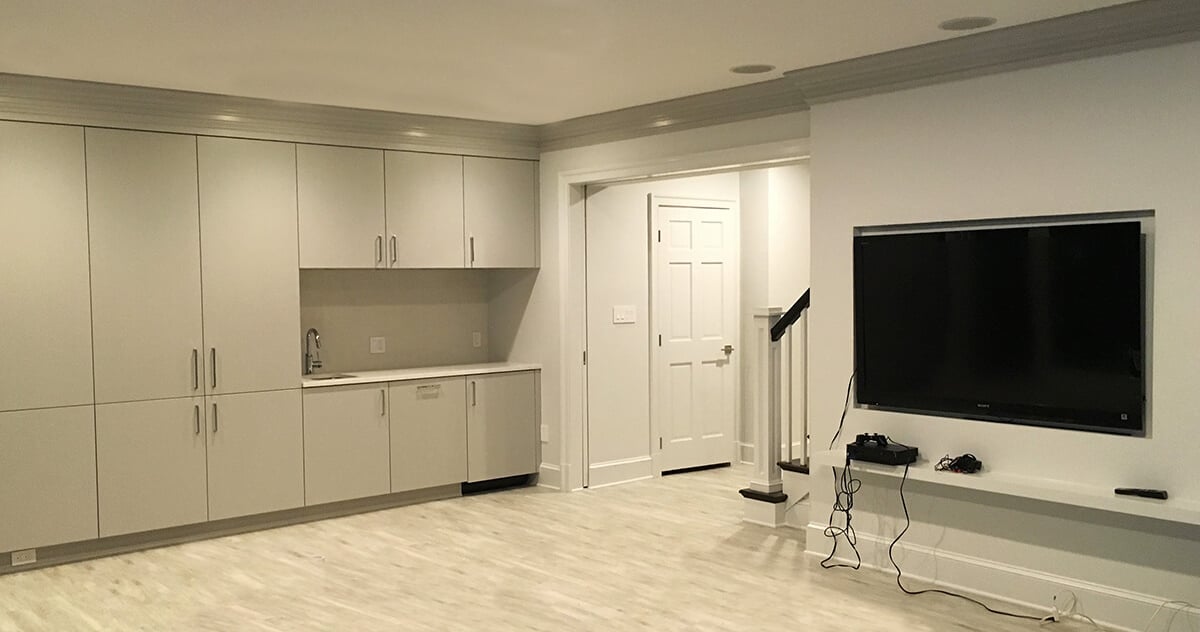
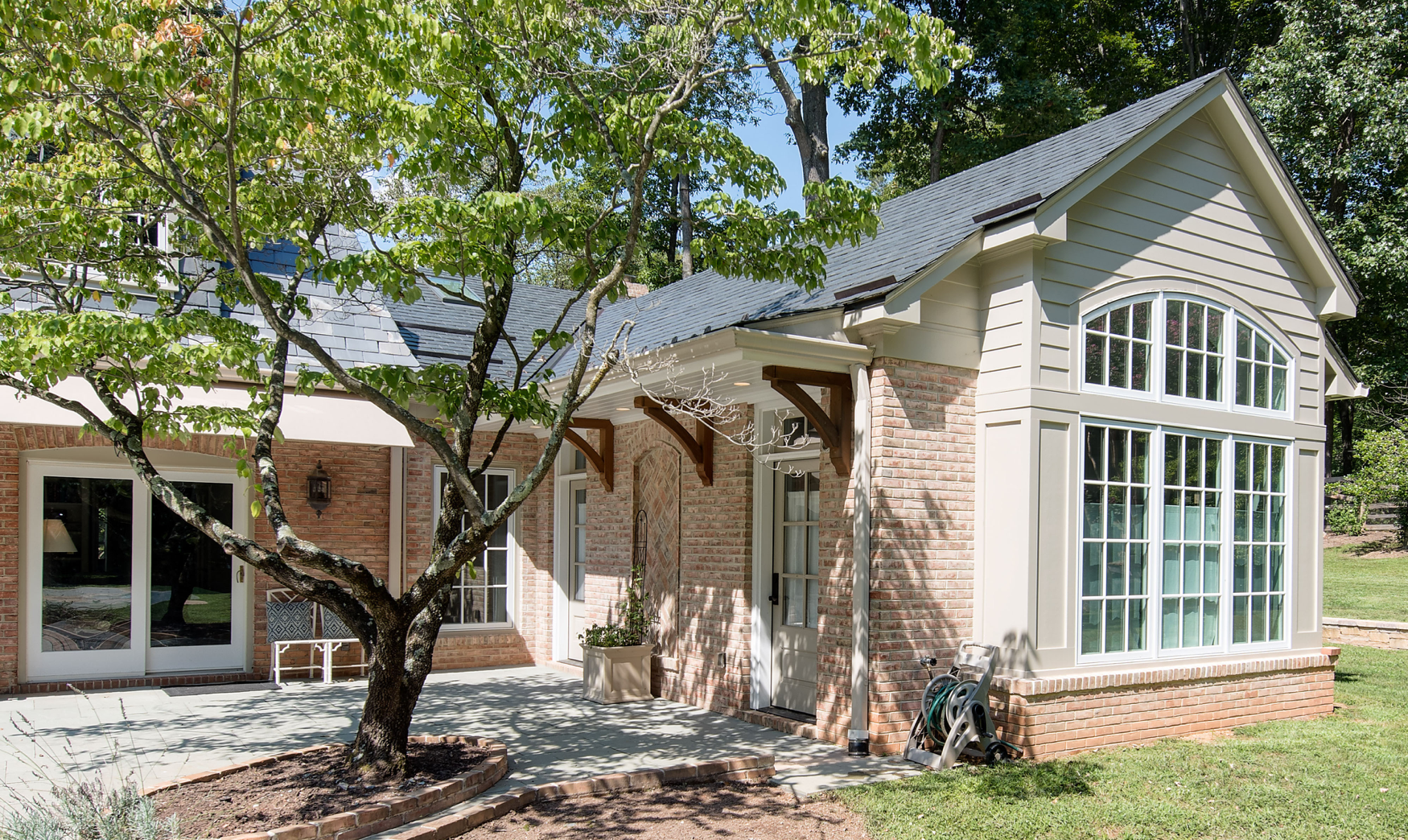
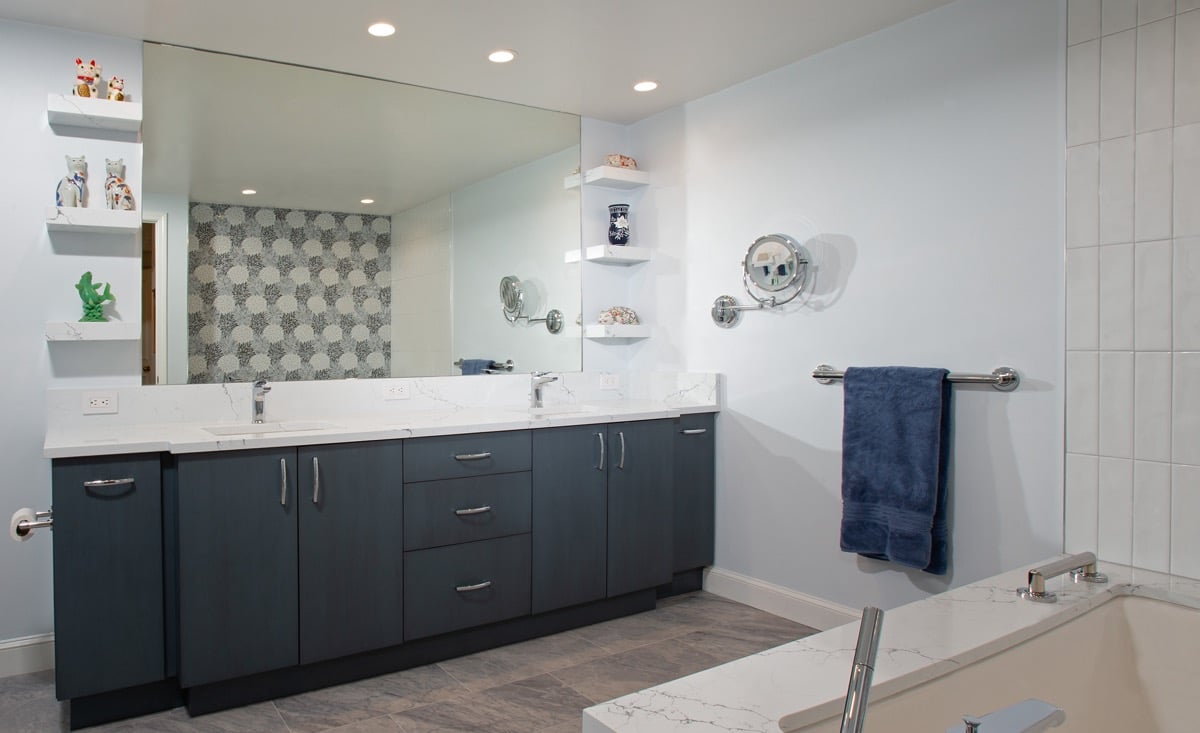
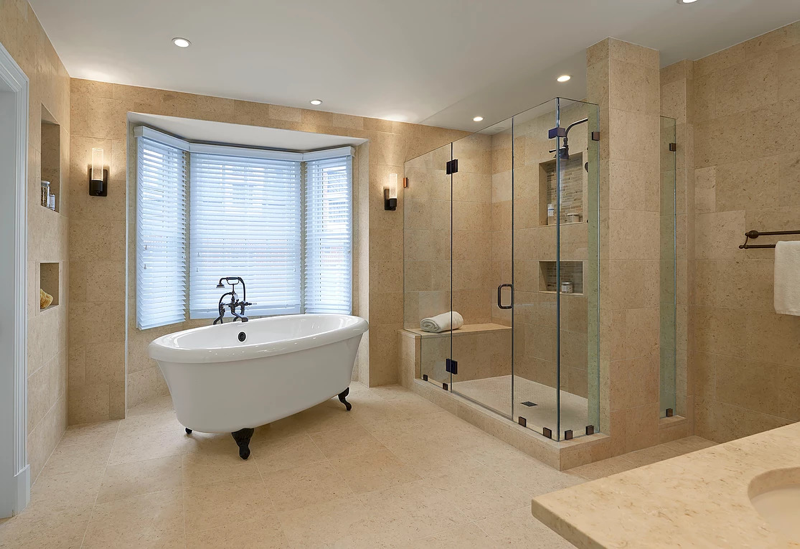
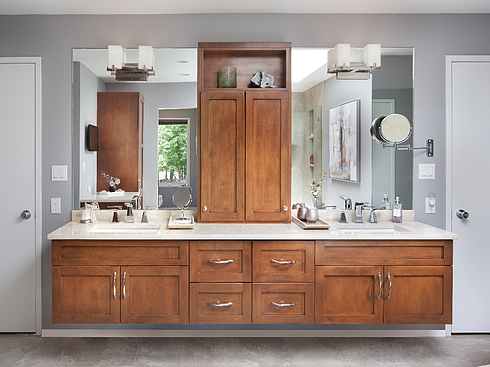
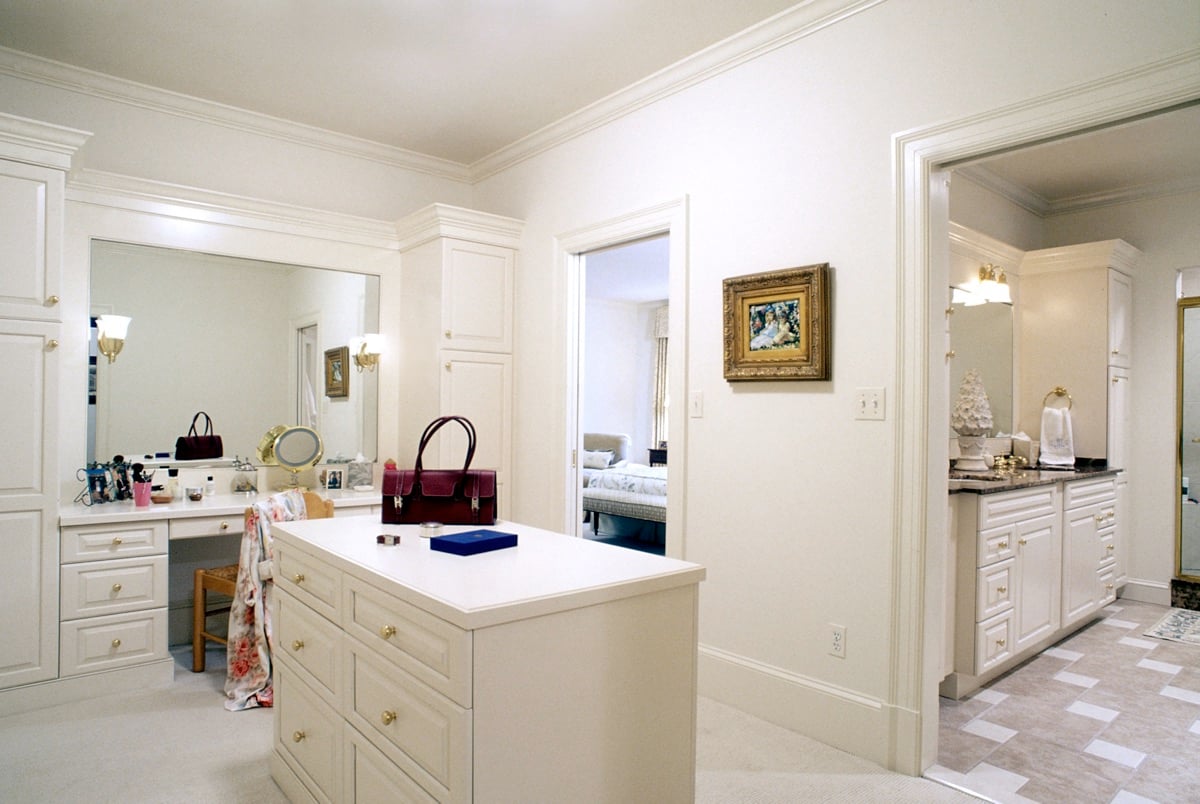
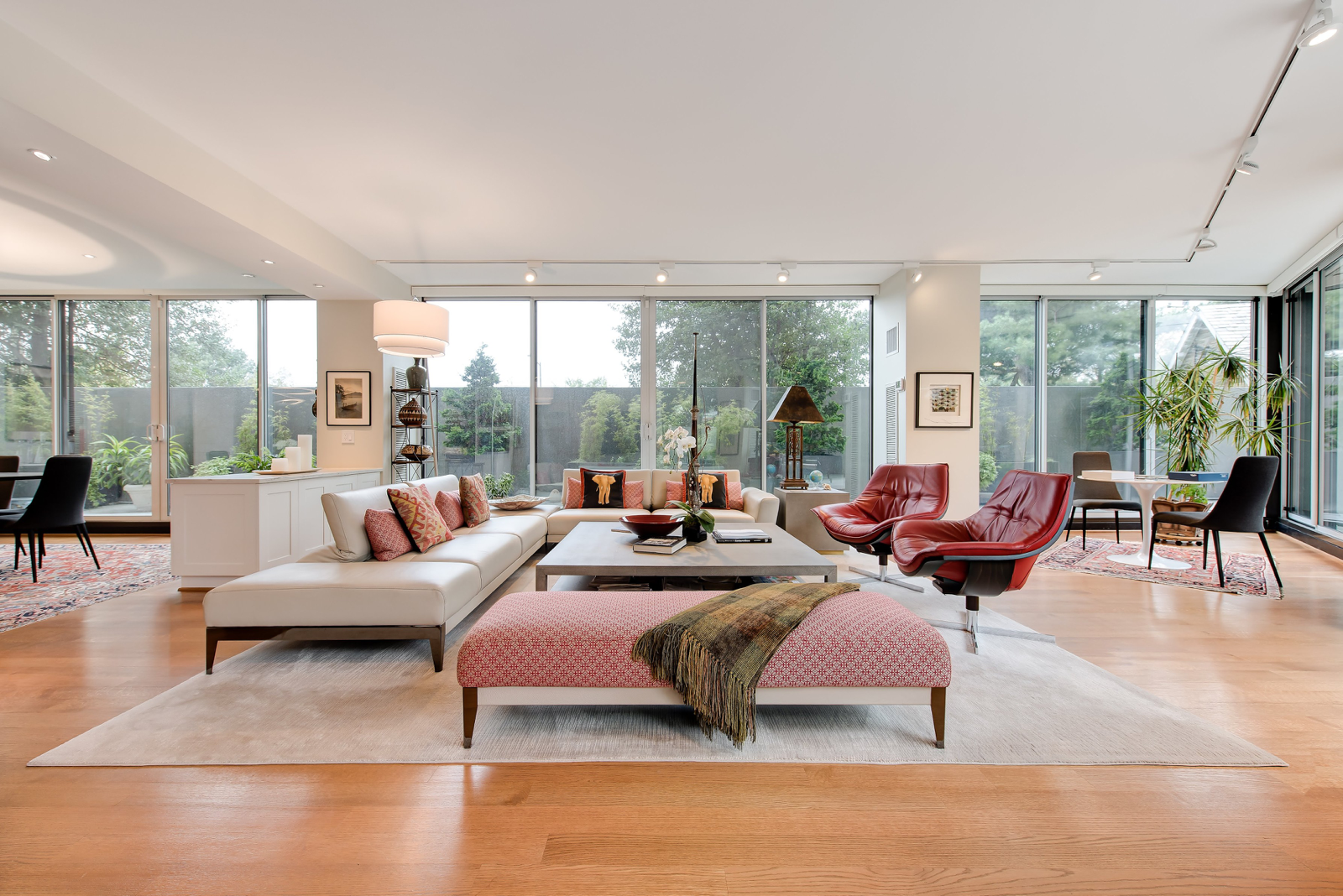
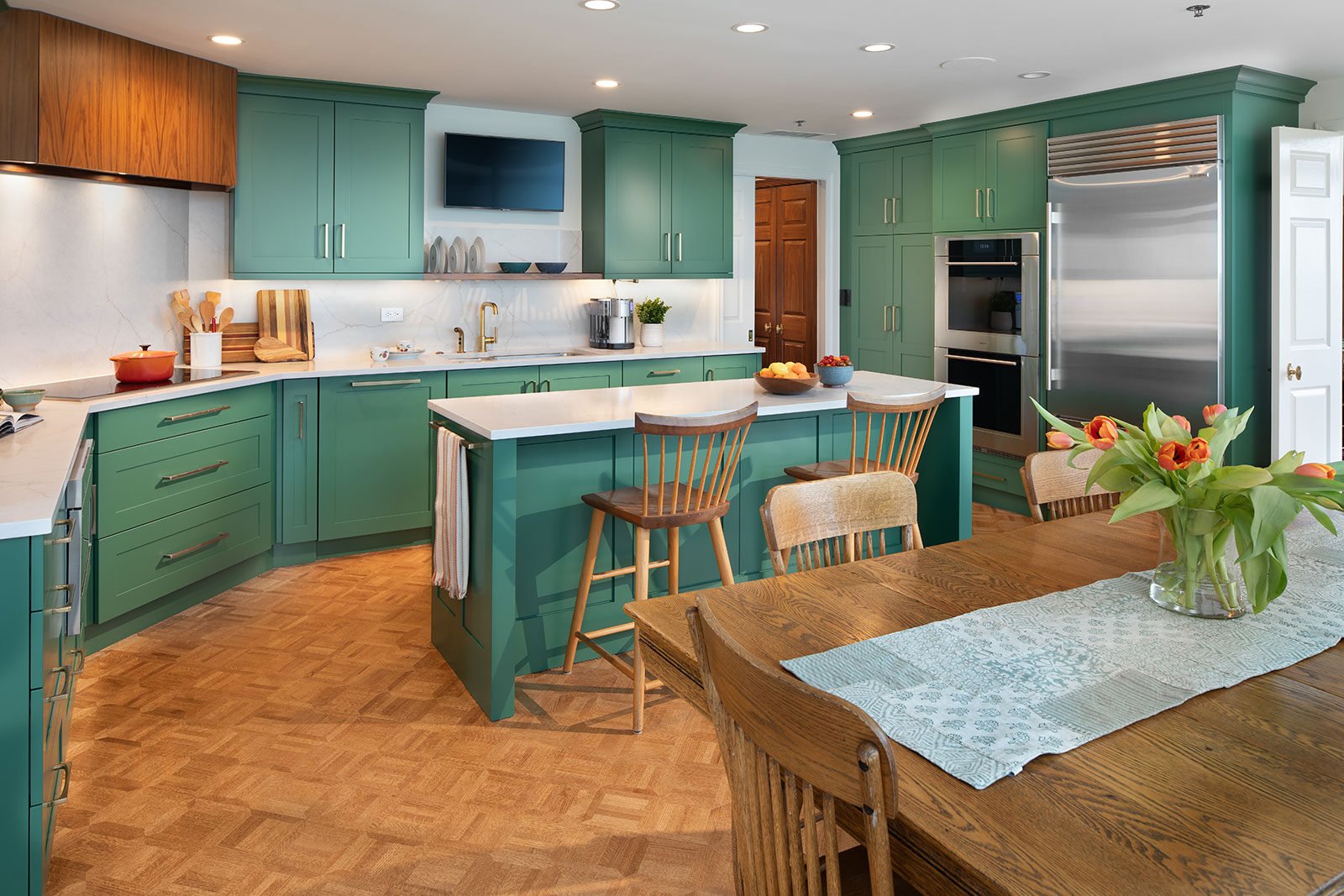
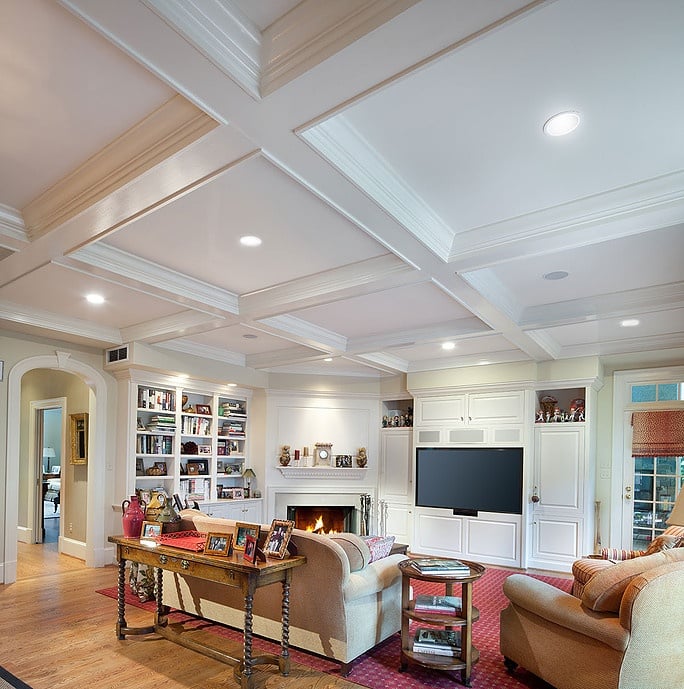
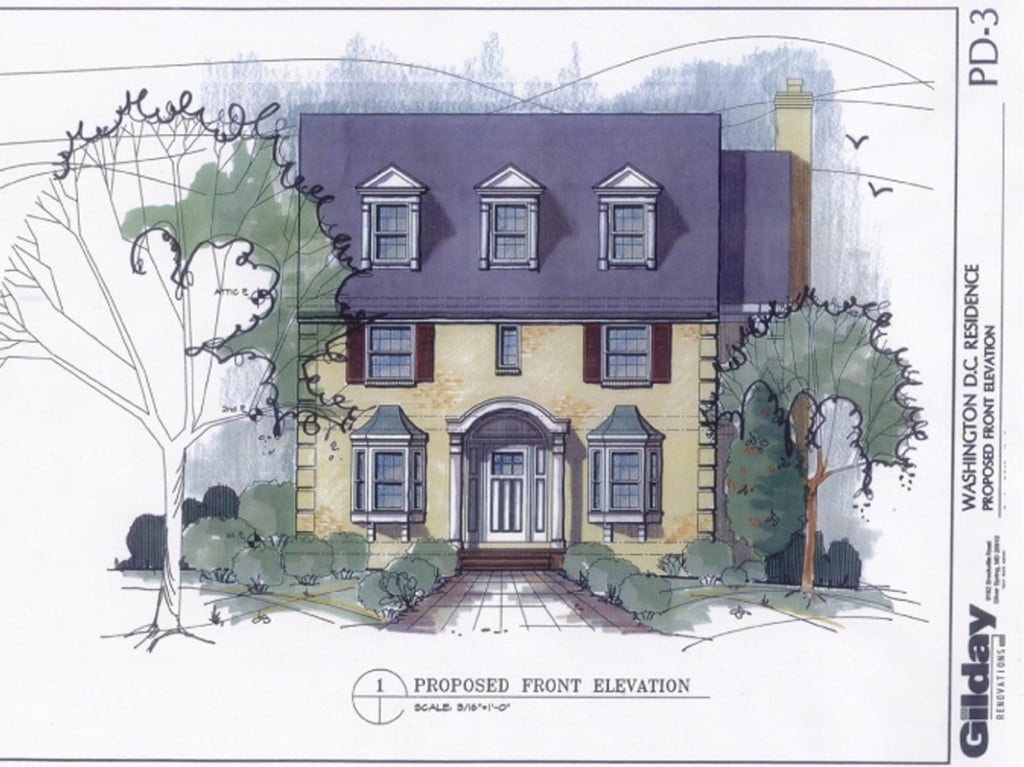
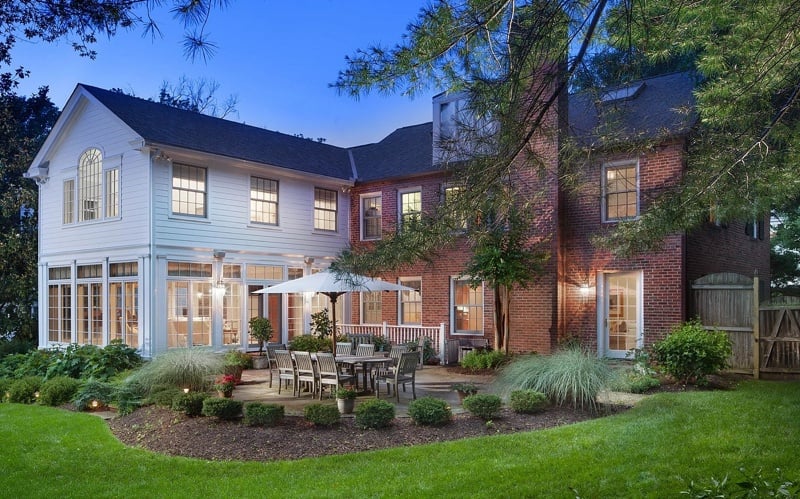
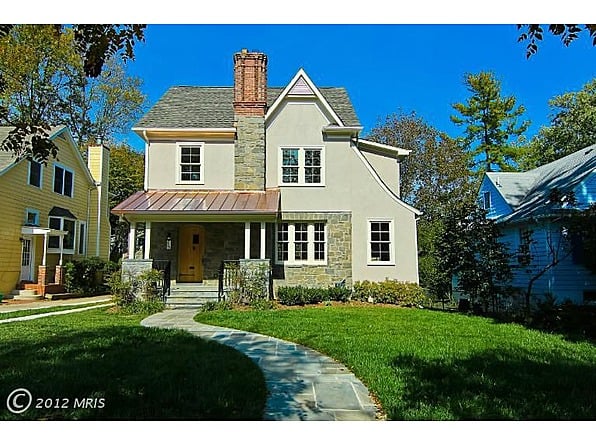
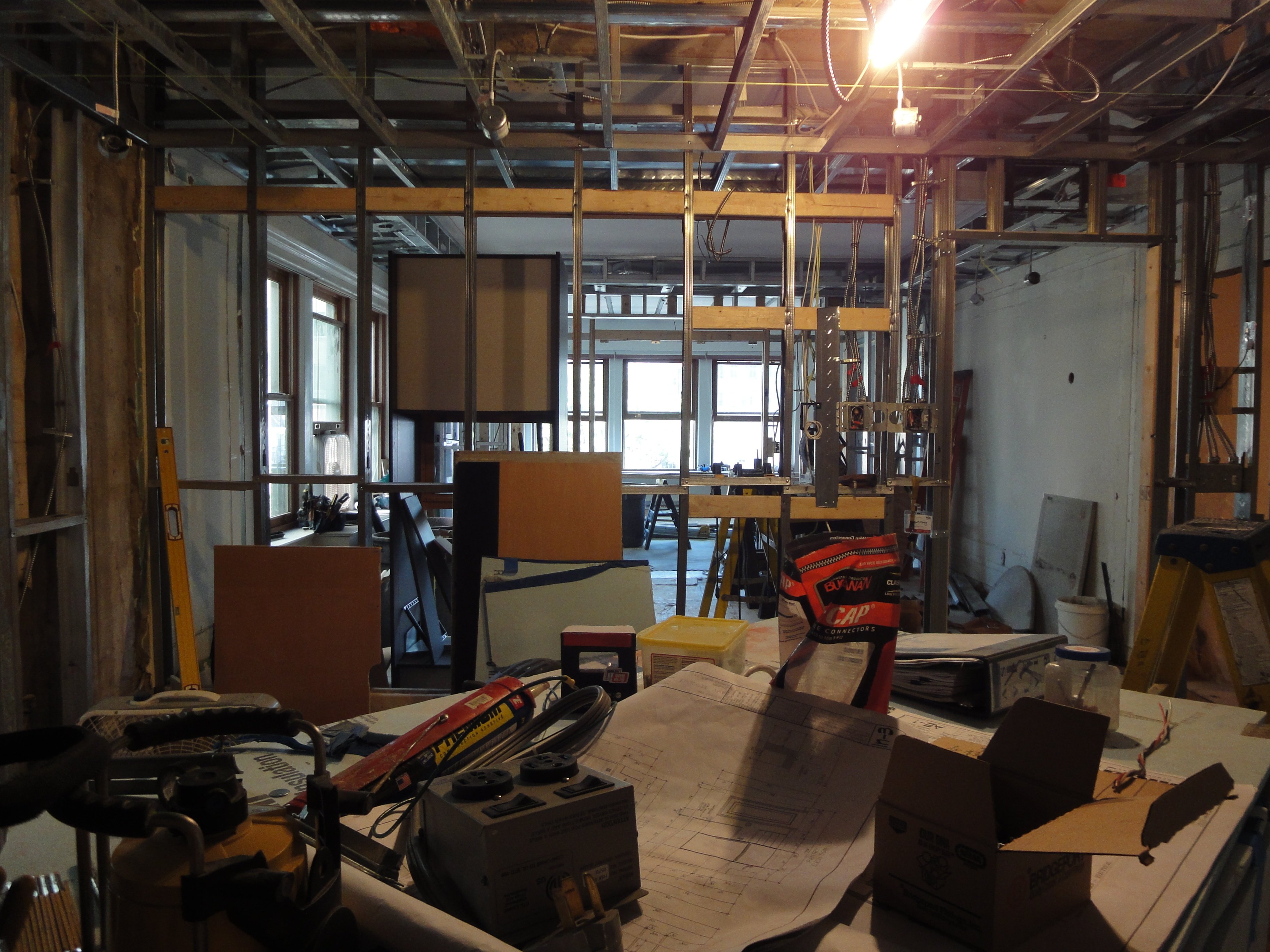
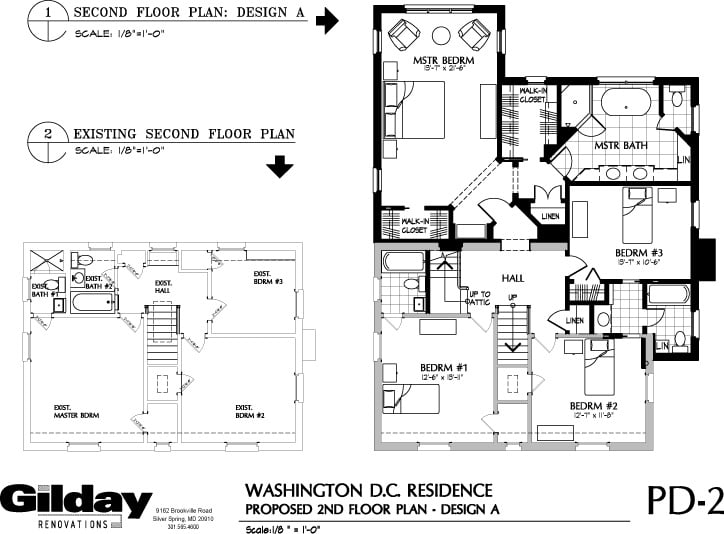
Leave a comment